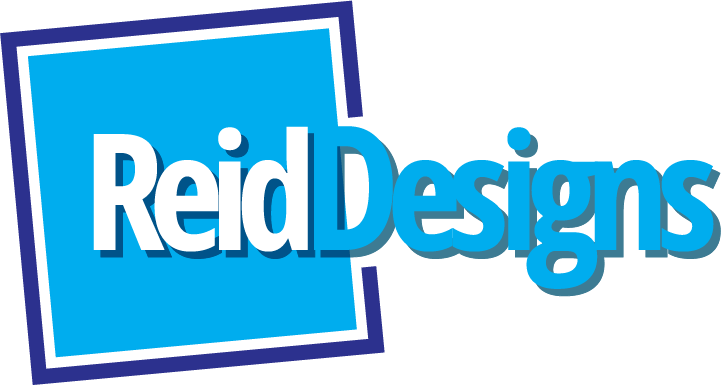Using Facebook Split Testing as Market Research
TL:DR: Through Facebook Split Testing you can convince your client to spend more at the start of your campaign by calling this “Market Research”.
What is Split Testing?
We need to understand “A/B or Split Testing.” If you know what a Split Test on Facebook or Google is you can skip this, but for everyone else let’s dive in: For simplicity’s sake I will refer to this as the official name coined by Facebook “Split Testing” its sometimes called A/B testing around the “interwebs” but i’ll stick with the official term from Facebook.
Officially Facebook’s definition of Split Testing is
“[a way to] test different versions of your ads so you can see what works best and improve future campaigns. For example, you can test the same ad on two different audiences to see which ad performed better. Or, to test two delivery optimizations to determine which selection yields better results.”
You can see more in the video here. This sounds pretty simple. It is pretty simple, but there’s a few things to consider before you run off and start Split Testing. Primarily you need to have all your social media and website setup ducks in a row, in other words you need a funnel. “What’s a funnel now?” you ask. Simply put a funnel is
. . .the buying process that companies lead customers through when purchasing products. A sales funnel is divided into several steps, which differ depending on the particular sales model – Via RingDNA
If you have a plan for what your customer needs to do, for example, buy a product, download a document exclusive to people who sign up, redeem a coupon or anything that asks the customer to go through a process, then you have developed a funnel. This will allow you to track the user from seeing the ad to clicking, to performing an action to converting and then returning again. You will need to have Facebook Pixel installed on your website and have it set up to report data through the user journey.
How Split Testing Works
If your customer goal is to just like your page that’s fine. You may be wasting resources with that goal, however, but you can still test those who would be interested in what you have to offer, but it will only give you part of the picture. Someone might just like your page because  they “like it”. They haven’t done anything to be a customer. You haven’t converted anyone.
they “like it”. They haven’t done anything to be a customer. You haven’t converted anyone.
Split Testing allows you to find out what exactly who is your customer. Neither a fan, nor a friend. A person willing to pay for your services or product. So how does it work? Simply you set up two ads in Facebook maybe with the same copy and different visuals to the same exact audience and Facebook does the rest. After a few days Facebook shows you, through the data, that one ad is performing better than the other so you stop the other and manage the former. You then do it again with the same visual and maybe different copy and so on. What this does is provide you with responsive almost real time feedback on your audience.
Where does the Market Research come in?
Well while all of this is going on you are learning about your audience. Your previously held beliefs about yourself and your product are put to the test. You may feel your audience works one way but during a Facebook Split Test you may come to realise that they are actually doing something completely different. The product you are selling is not resonating with the demographic you had previously thought might. All this data you’re collecting, as well as customers, can now convert into real results in the future.
Previously you had to hire people to get this data. In fact most of the time when presented with a survey the public might actually refuse to tell you anything of value. The power of Facebook is a lot of the data that people won’t give to a human, they would gladly give to Facebook. The Facebook ad system can essentially replace beating the pavement for research, vox pops, expensive taste testing and endless transcriptions of written questionnaires through Split Testing.
Is Facebook Split Testing expensive?
Now here’s the thing. You have to spend money in the beginning to find the right balance of creative and targeting that resonates. Most companies worry about the return on the investment. This is ok. It is cheaper to advertise on Facebook using Facebook Split Testing than engaging a traditional market research company. In the end the results might be more accurate. You will certainly learn a lot about the audience AND be advertising to them at the same time. Facebook Split Testing is a good way of establishing your audience on Facebook and in time you will see returns.
What are the alternatives to Facebook Split Testing?
You can do traditional market research and come up with quite enough data to start running campaigns. But your market on paper might be completely different on Facebook. Always keep in mind that you are trying to get customers to buy your product not just “like it”. Once you have a goal in mind, testing is the next step.
The money saved will surprise you. The next step in the process after testing is scaling. This is a topic we will get into in another post.
In summary if you are advertising on Facebook, don’t make assumptions about your audience. Do your due diligence by researching your audience on Facebook using their tools, something I have spoken about previously, but after that test your theories. The results may surprise you. Remember Facebook has all the data you need.

